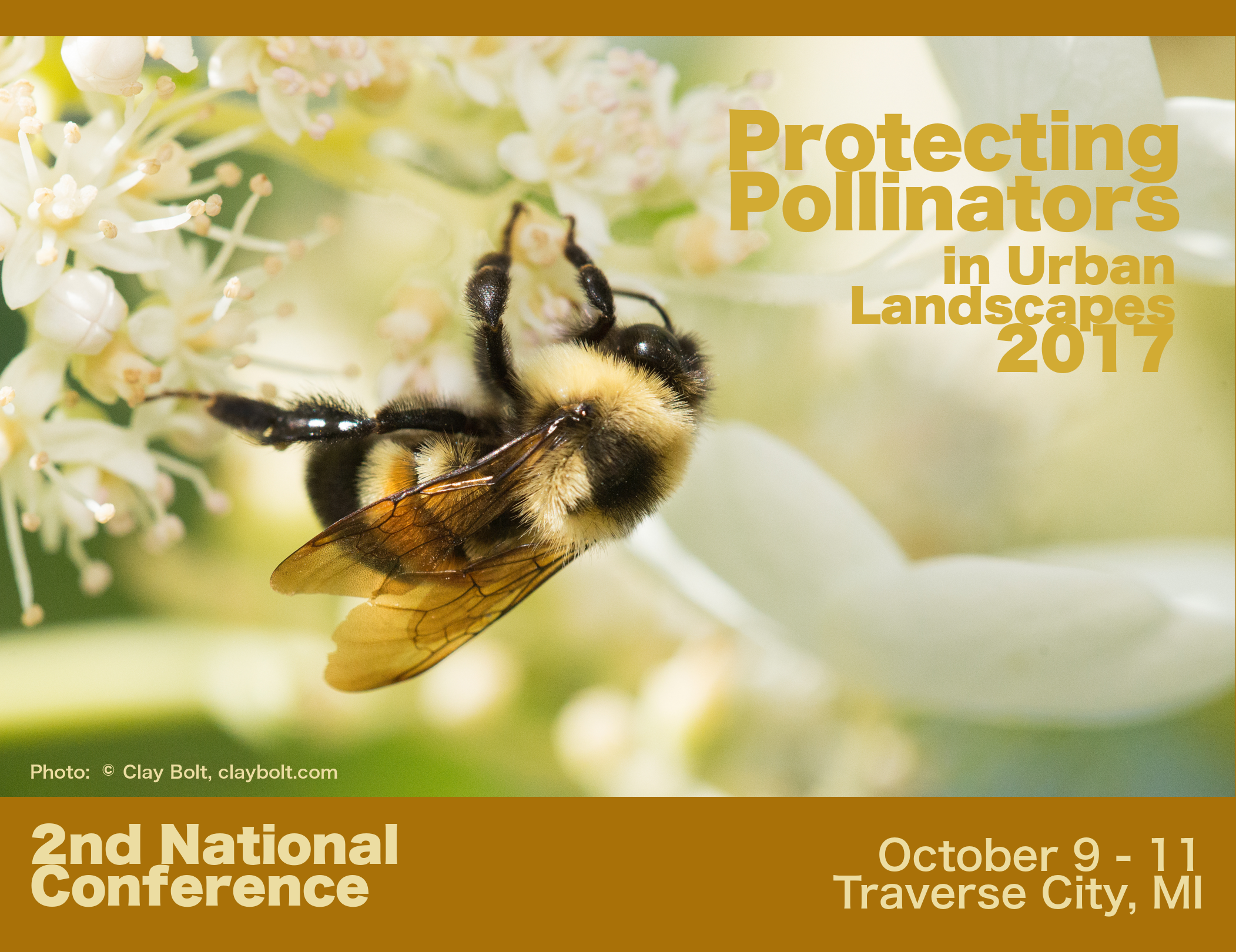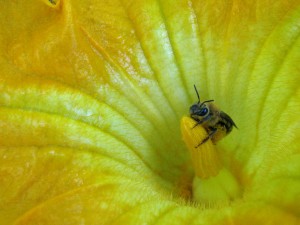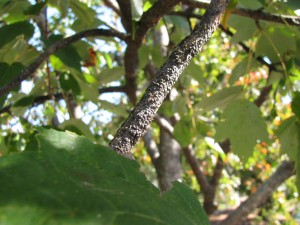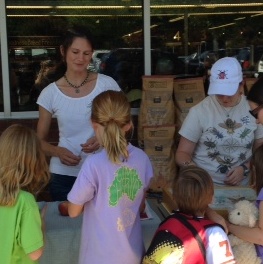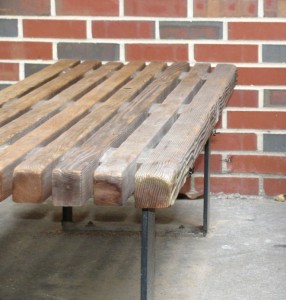from American Entomologist
September 2016
by Elsa Youngsteadt, Heather Moylett, Margarita López-Uribe, and April Hamblin
In the mothball-scented NC State University Insect Museum, thousands of bees bear the name T. B. Mitchell. The tiny, terse specimen labels, now caramel-colored and flaking, convey a skeleton history of a long and active career. “Highlands, NC, 1920, T. B. Mitchell” reads one nondescript little black sweat bee. An exotic, peanut-sized leafcutting bee, delightfully fluffy and pale as thistledown, came from “La Serena, Chile, 1962, Mitchell and Wagenknecht.” Altogether, Mitchell’s specimens account for more than 34,000 of the approximately 47,000 bees in the collection, which we, the authors, have used regularly to confirm (or correct) our own determinations. Naturally, we began to wonder about this Theodore Bertis Mitchell whose bees we examined with such attention. So we read his thesis, delved into his archives at NC State’s D. H. Hill Library, chatted with those who knew him, and inquired among other bee biologists.
read more
Related post–Bees and army bands: The remarkable life of TB Mitchell
